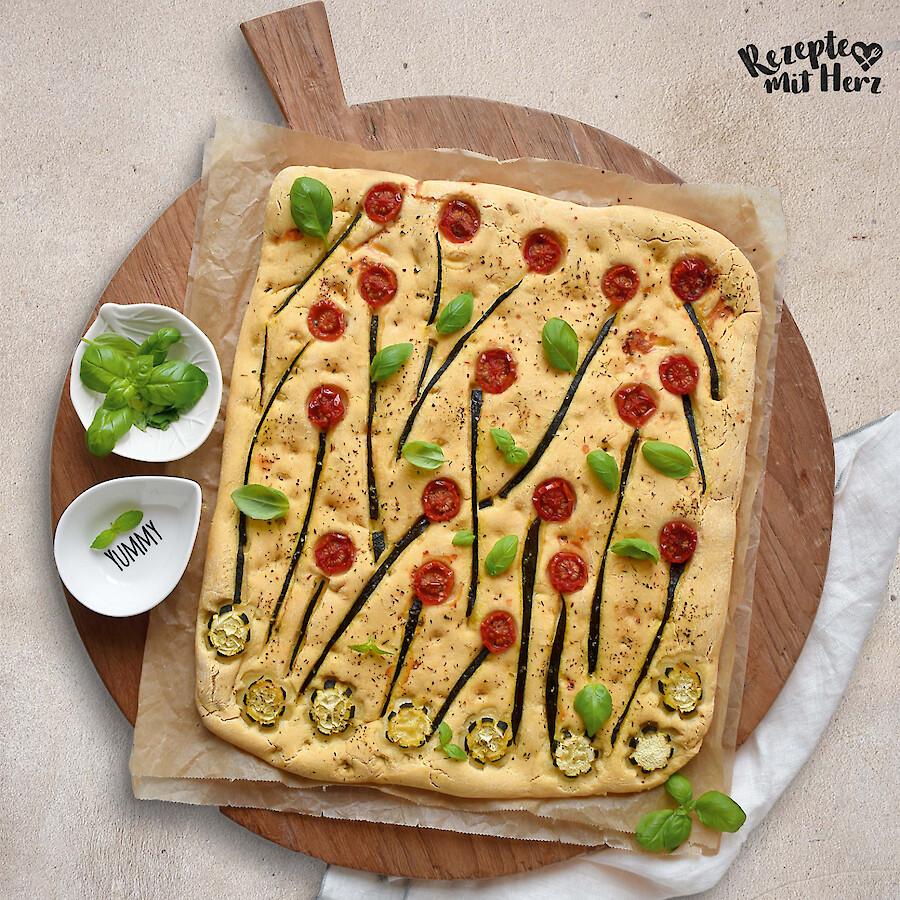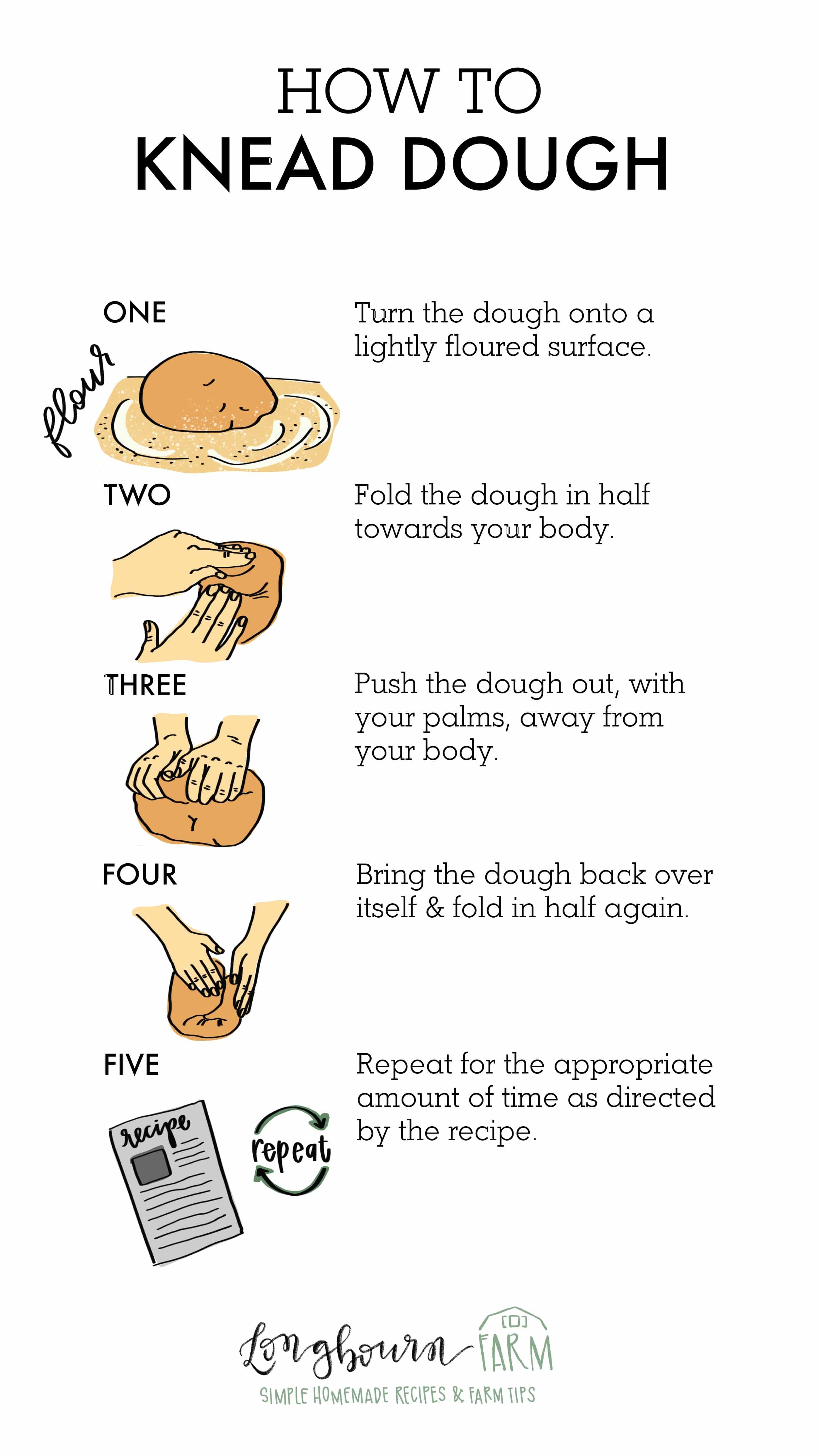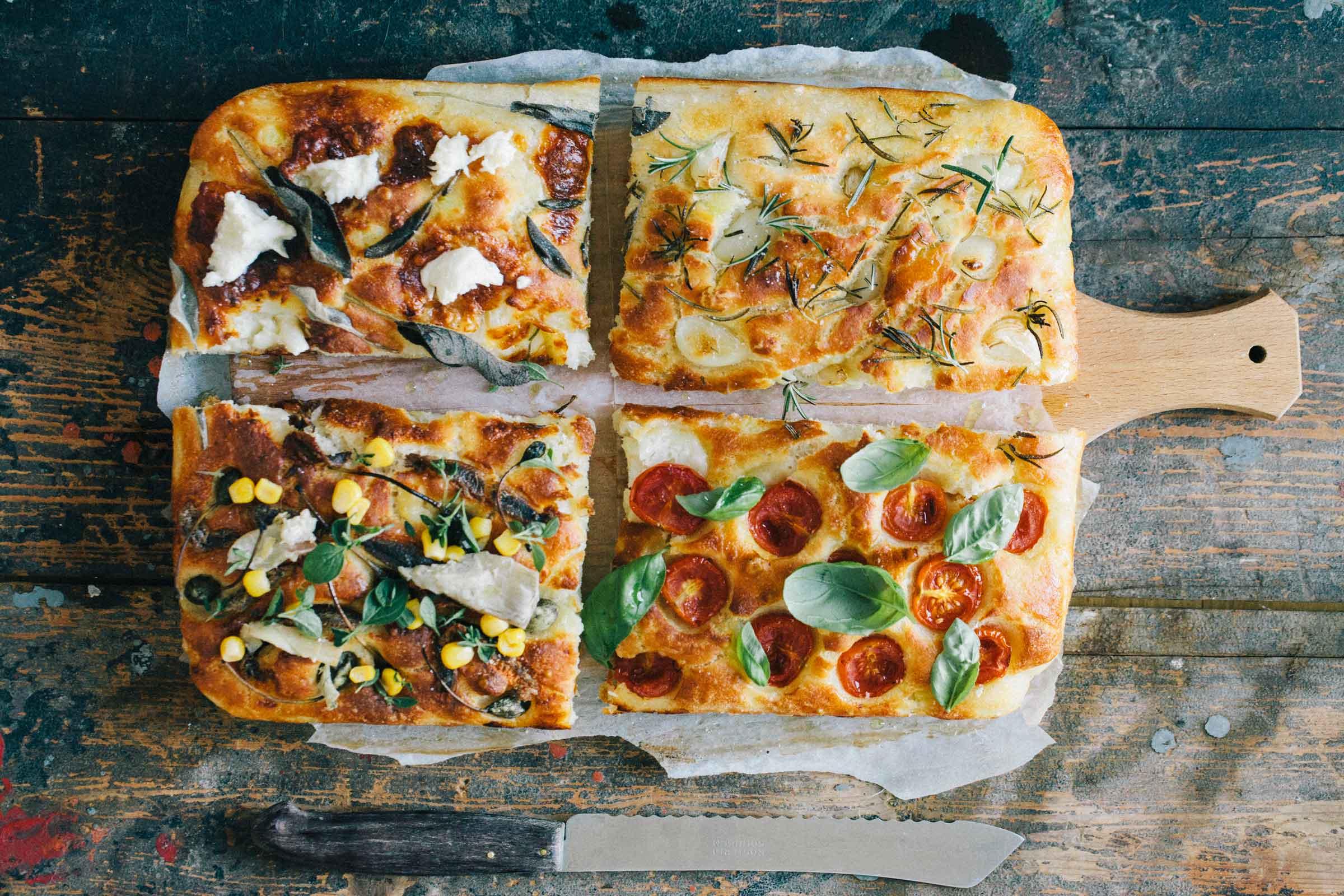mastering Focaccia: The True Italian Bread Recipe Unveiled
In the heart of Italy, where culinary traditions are as rich as the landscapes, lies a bread that is both simple and sublime—focaccia. This golden, oven-kissed flatbread has captured the hearts and palates of food lovers around the world, serving as both a humble sidekick to a meal and a canvas for culinary creativity. But what makes focaccia truly remarkable? It is not merely a recipe; it is an experience, steeped in history and layered with regional variations. In this article, we will delve deep into the art of focaccia-making, unveiling the authentic Italian techniques and secrets that transform basic ingredients into a fragrant masterpiece.Whether you’re a seasoned baker or a culinary novice, prepare to embark on a flavorful journey that celebrates the essence of Italian bread and elevates your baking game to new heights. Join us as we unlock the secrets of mastering focaccia, piece by piece.
Exploring the Essence of Focaccia: Ingredients that Make a Difference
At the heart of exceptional focaccia lies a carefully curated selection of ingredients that awaken the senses and create a rich tapestry of flavors. Each component plays a pivotal role, contributing to the unique texture and taste. The foundation starts with high-quality flour, preferably a finely milled, protein-rich variety such as bread flour. This choice not only supports the formation of gluten, which gives the bread its chewy texture but also enhances the overall flavor profile. Add to this a sprinkle of sea salt, which amplifies the natural flavors and provides that necessary contrast, making the focaccia deliciously addictive.
Another essential to consider is extra virgin olive oil,which not only enriches the dough but also offers a fragrant aroma that enhances the overall experience. When it comes to toppings, simplicity reigns supreme; a handful of fresh herbs like rosemary or thyme can elevate the focaccia into a realm of delightful aromas. Pairing these flavors with a selection of seasonal toppings is where creativity flourishes. Ideas include:
- Cherry tomatoes for sweetness
- Caramelized onions for depth
- Olives for a briny punch
- Cheeses like mozzarella or feta for a creamy surprise
In crafting this beloved Italian bread, consider also the hydration level of your dough; a higher hydration ratio can lead to a more open crumb and a lighter texture, making each element more pronounced. Below is a simple table summarizing key ingredients and their roles:
| Ingredient | Role |
|---|---|
| Flour | Forms the structure and texture. |
| Sea Salt | Enhances flavor and creates contrast. |
| Olive Oil | Adds moisture and enriches flavor. |
| Herbs | Infuses aromatic complexity. |

Kneading Techniques for the Perfect Dough: A Step-by-Step Guide
Achieving the perfect dough is an art that involves more than just mixing ingredients. To start the process,combine yeast and warm water to activate the yeast,letting it sit for about 5 to 10 minutes until it becomes frothy. Once this step is complete, mix in the flour and salt. When you’re ready to knead, dust your work surface with a light coating of flour to prevent sticking. Use the heel of your hand to push the dough away from you, then fold it back over itself. Rotate the dough a quarter turn, and repeat this motion. This rhythmic movement develops gluten, which is essential for creating a chewy texture in your focaccia. Remember, the more you knead, the stronger and more elastic your dough will become.
As you knead, pay close attention to the dough’s consistency. If it feels overly sticky, incorporate a small amount of flour gradually until you achieve a smooth, soft texture.It’s also essential to let the dough rest during the process. After about 8-10 minutes of kneading, cover it with a damp cloth or plastic wrap and let it proof in a warm area for about an hour. This period allows the gluten to relax and the yeast to work, resulting in a lighter, airier focaccia. During the final stages, you can incorporate flavors by adding herbs or garlic into the dough, kneading them in gently to ensure even distribution. Follow these techniques closely, and you’ll be on your way to mastering the delightful art of focaccia.

The Art of flavor Infusion: Toppings that Elevate Your Focaccia
Focaccia is a blank canvas waiting to be transformed into a masterpiece of flavor. The toppings you choose can elevate this simple bread into a culinary delight that dances on the palate. Consider incorporating a variety of fresh herbs like rosemary, thyme, or oregano, which lend an aromatic touch that perfectly complements the rich olive oil. Adding roasted garlic or sliced olives offers a burst of savory depth, while sun-dried tomatoes or caramelized onions introduce a hint of sweetness. Here’s a quick list of beloved focaccia toppings to inspire your next baking session:
- Cherry tomatoes – Juicy and vibrant
- Cheese – Mozzarella or feta for creamy richness
- Artichoke hearts - Both briny and tender
- Prosciutto – A touch of saltiness to balance flavors
For an artistic flair, consider arranging your toppings in a visually striking pattern. A decorative approach not only enhances the aesthetic but can also affect the taste experience. Experiment with a mix of textures and flavors; a combination of crunchy sea salt on top contrasts beautifully with the pillowy dough beneath. Here’s a simple table to guide you through pairing classic toppings with ideal flavor profiles:
| Topping | Flavor Profile |
|---|---|
| Rosemary | Aromatic and earthy |
| Olive oil | Rich and smooth |
| Red onion | Sweet with a hint of bite |
| Chili flakes | Spicy kick |

Baking to Perfection: Tips for Achieving that golden Crisp Crust
To achieve that sought-after golden crisp crust for your focaccia, start with your dough’s hydration level. A higher hydration dough, around 70-80%, will create a lighter texture with abundant air pockets, ultimately contributing to a more satisfying crunch.Make sure to incorporate ingredients like olive oil and sea salt, as they not only enhance flavor but also facilitate a beautifully crispy exterior.An essential tip is to preheat your baking vessel, whether it’s a pizza stone or a cast-iron skillet, before placing your focaccia inside. This initial blast of heat shocks the dough, leading to an extraordinary rise and texture.
Additionally,consider the baking temperature—aim for a range of 425°F to 450°F. This allows for a rapid formation of the crust while keeping the inside fluffy and moist. During the last few minutes of baking, a sprinkle of coarse salt and a drizzle of olive oil can give your bread that extra sheen and crunch. For those who enjoy experimenting, you might also want to try creating a steam habitat by placing a small pan of water on the oven floor; this will keep the dough moist while the crust forms. The result? A focaccia that boasts the perfect contrast of textures, with a crunchy surface encasing a soft, airy interior.
Concluding Remarks
As we close our journey through the world of focaccia, it’s clear that this isn’t just a bread; it’s a canvas for creativity, a testament to tradition, and a vessel for flavor. Mastering focaccia invites you to explore the nuances of simplicity and the joy of nurturing a humble dough into something truly magical. Whether you choose to adorn it with vibrant herbs, luscious olives, or a drizzle of exquisite olive oil, each loaf you create holds the potential to tell a story, connect with loved ones, and bring the essence of Italy into your kitchen.
Remember, the beauty of focaccia lies not only in its texture and taste but also in the experience of creating it. So,roll up your sleeves,indulge your senses,and let the aroma of freshly baked focaccia fill your home. With practice, patience, and a sprinkle of passion, you’ll not only master this iconic Italian recipe but also elevate your culinary skills to new heights. Buon Appetito!